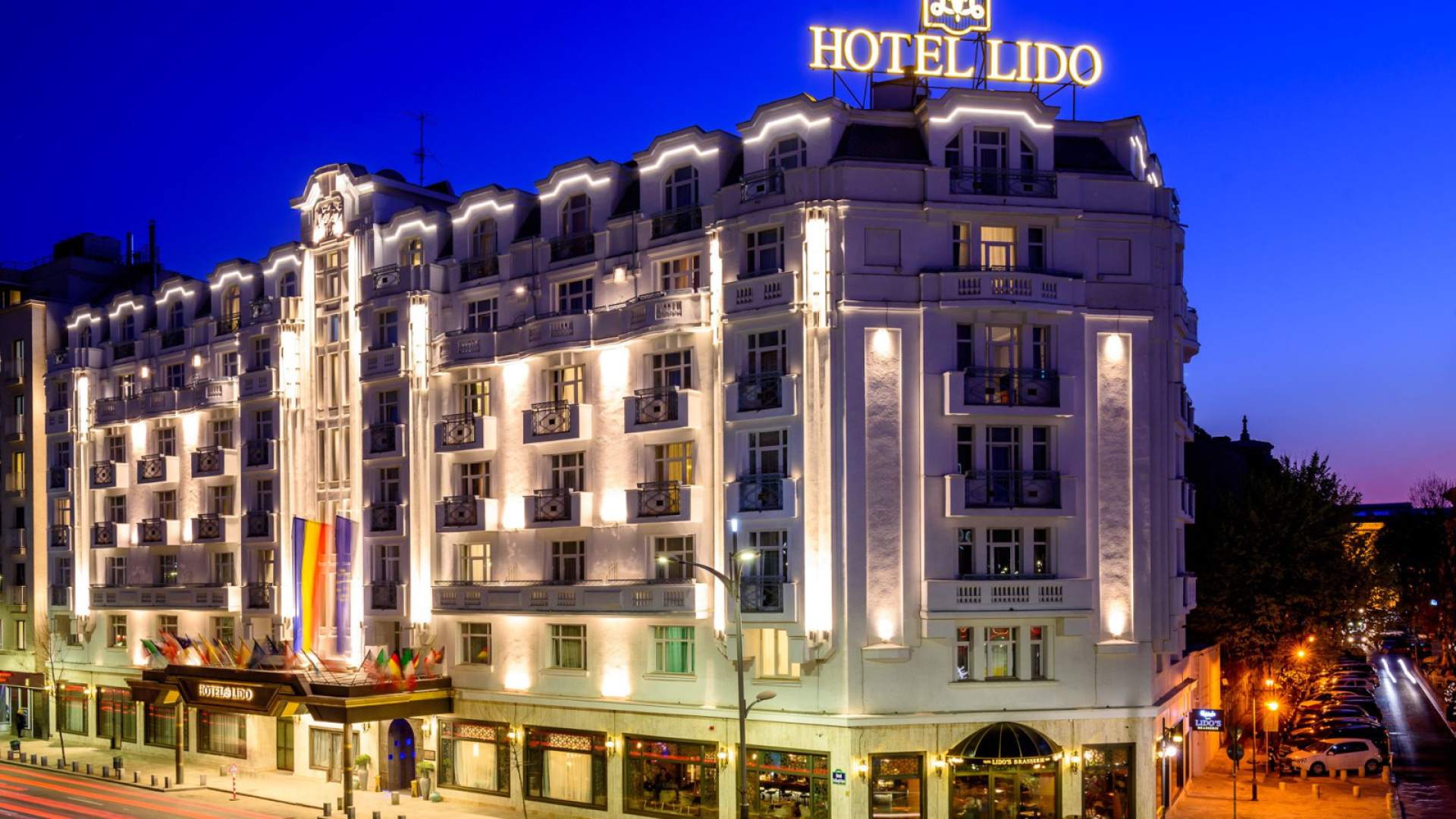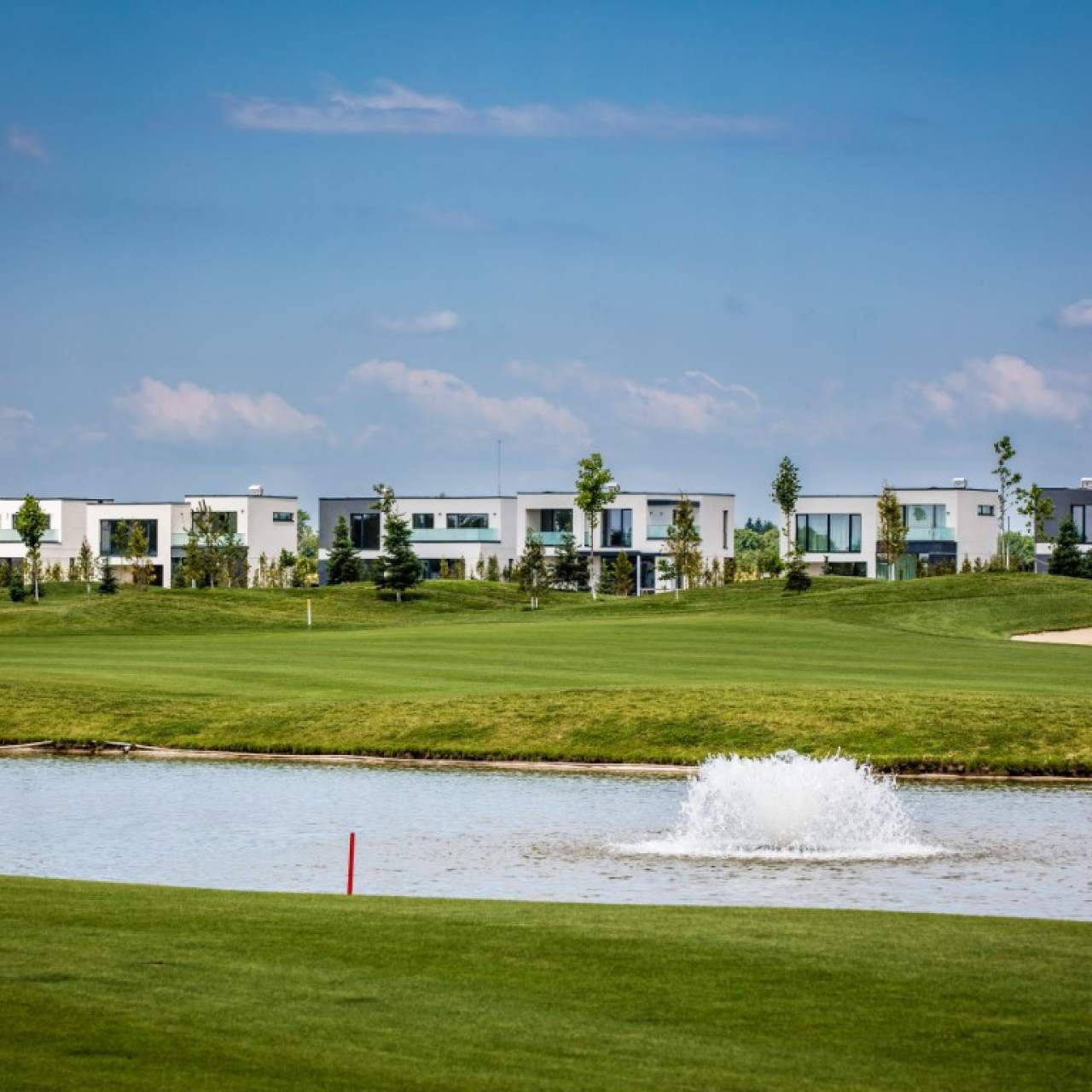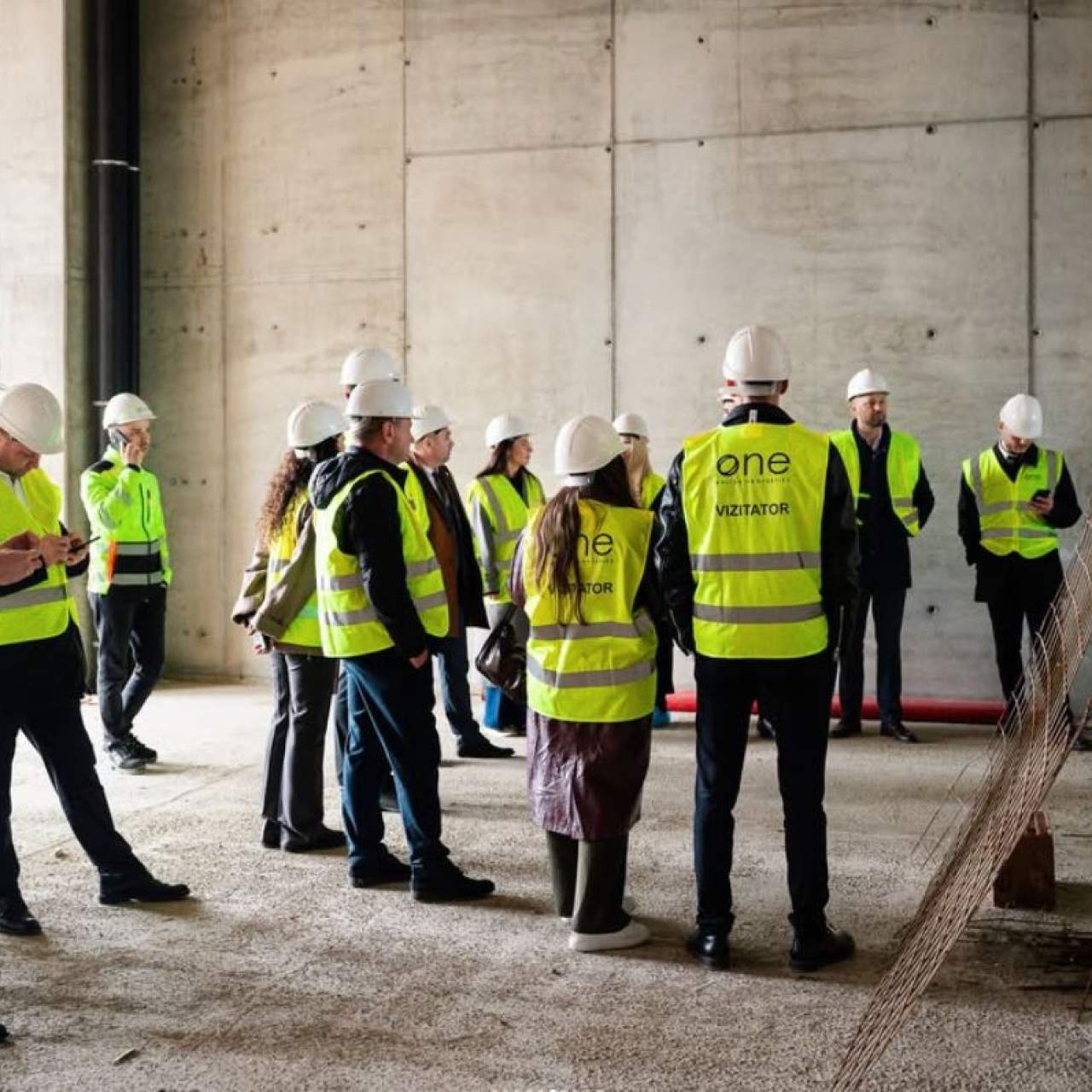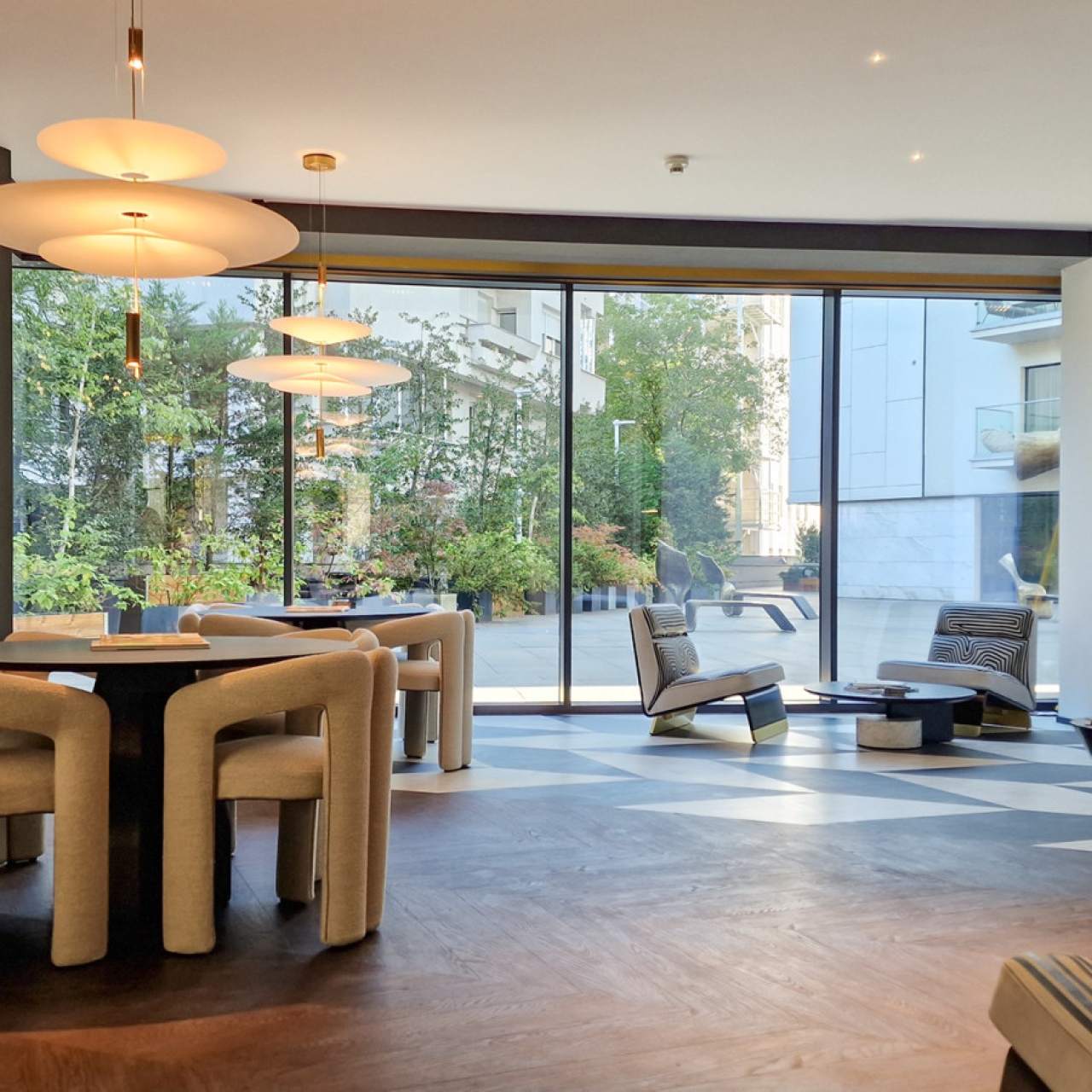
Bucharest hotels with tradition
From the first wave pool to the first skyscraper in the city, hosting presidents, writers, and artists, Bucharest's traditional hotels certainly deserve to have their stories told.
Here is the history of some of the most famous ones.
Lido
Designed by architect Ernest Doneaud in Art Deco style, the Lido Hotel opened its doors in August 1930. Along with its 119 rooms, and modern amenities such as a sauna and Jacuzzi, it also included the first wave pool from Bucharest, a 500 square meter pool where it is said that King Michael also learned to swim. After the death of the doctor and politician Constantin Anghelescu, the first owner, the building was taken over by the state, and later deteriorated and was closed. Three years ago, with the re-entry into private administration, a series of consolidation works began so it could welcome guests again.
Athénée Palace Hilton

Opened in 1914 on the site of an inn and then another hotel, the Athénée Palace reflects the vision of French architect Téophile Bradeau. The hotel with 278 rooms, spread over an area of over 1,350 square meters, was the first building in Bucharest to use a reinforced concrete frame. In 1937 the hotel goes through a series of architectural changes. With the help of the architect Duiliu Marcu, art deco elements are added, and it is modernized. New renovation works are carried out after the bombings of 1944, and in 1965 it is extended with a new wing. Over time, it has hosted important personalities from Romania – we mention here Geo Bogza, Camil Petrescu, and Nicolae Grigorescu, and from abroad – Richard Nixon, Albert of Monaco, Nicholas Cage, and Tom Jones.
Triumph Hotel

Built in 1937, on a plot of land belonging to Mihail Kogălniceanu, Triumf has not always had the role of a hotel. It was, initially, the vacation residence of Scarlat Bărcănescu. Later, it changed several owners, including the lawyer Petrache Grădişteanu, the confectioner Capşa, the Vernescu family, and more, until 1950, when it became a hotel. The construction was financed by the National Bank, and the architect assigned to deal with the project was Petre Antonescu, who had also designed the Arc de Triomphe. The hotel, which has remained state property to this day, has an imposing red brick facade and covers an area of 6,000 square meters.
Grand Hotel Bucharest
Still widely known as the Intercontinental, a name it had until this year, the Grand Hotel Bucharest has 257 rooms and was inaugurated in the spring of 1971, after three years of construction. The hotel was designed by the architects Dinu Harriton, Gheorghe Nădrag, Ion Moscu, and Romeo Belea. It was built on a land that once belonged to the Cernica monastery, on which several factories and breweries operated at the time but were demolished to make way for the new construction. 90-meters high, it was for a long time the second tallest building in the city, surpassed only by Casa Scânteii (the current Casa Presei Libere – 104 meters high). It seems that the idea of building the hotel came to the head of the company that managed the Intercontinental chain after a visit to Bucharest. Not finding a suitable place to stay, he decided to take advantage of the opportunity and build a luxury hotel here, which was also the country's first skyscraper.
Data for this article was obtained from hoteltriumf.ro, atheneepalace-hotel.ro, grandhotelbucharest.ro, zf.ro, adevarul.ro, gandul.ro, descopera.ro and stirileprotv.ro.
Inspired by the article?
Explore apartments in neighborhoods worth discovering:


